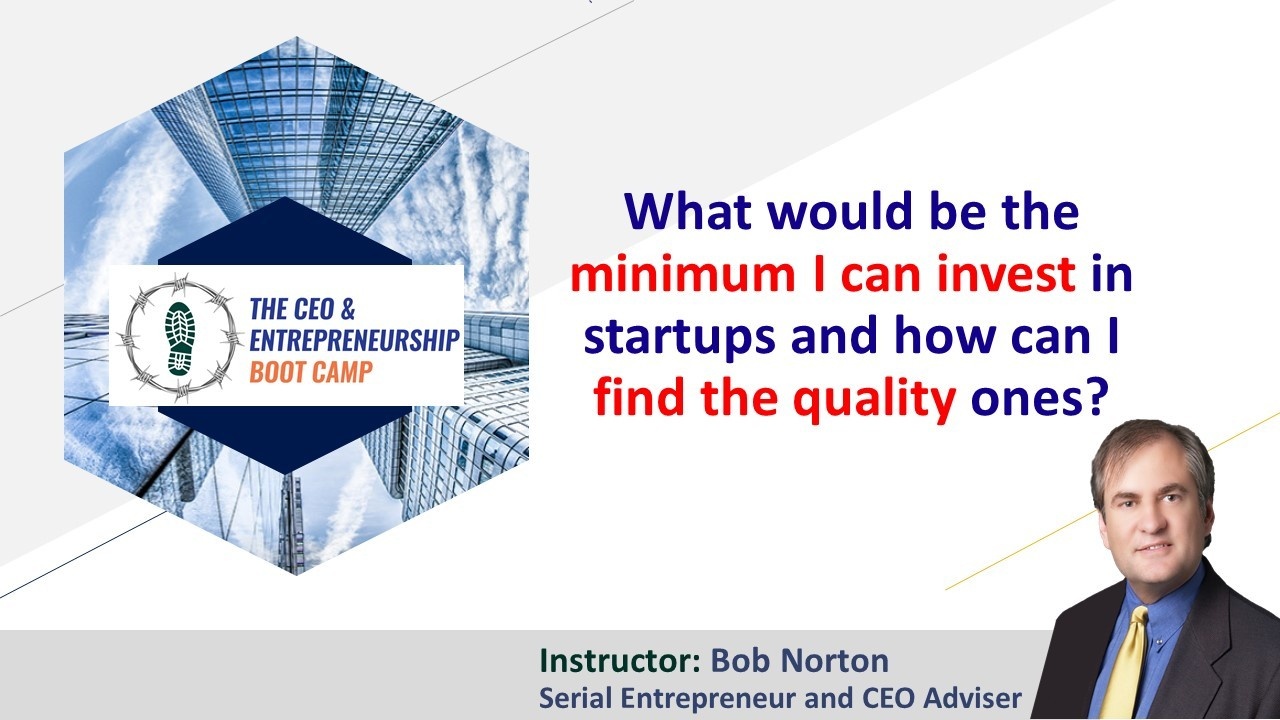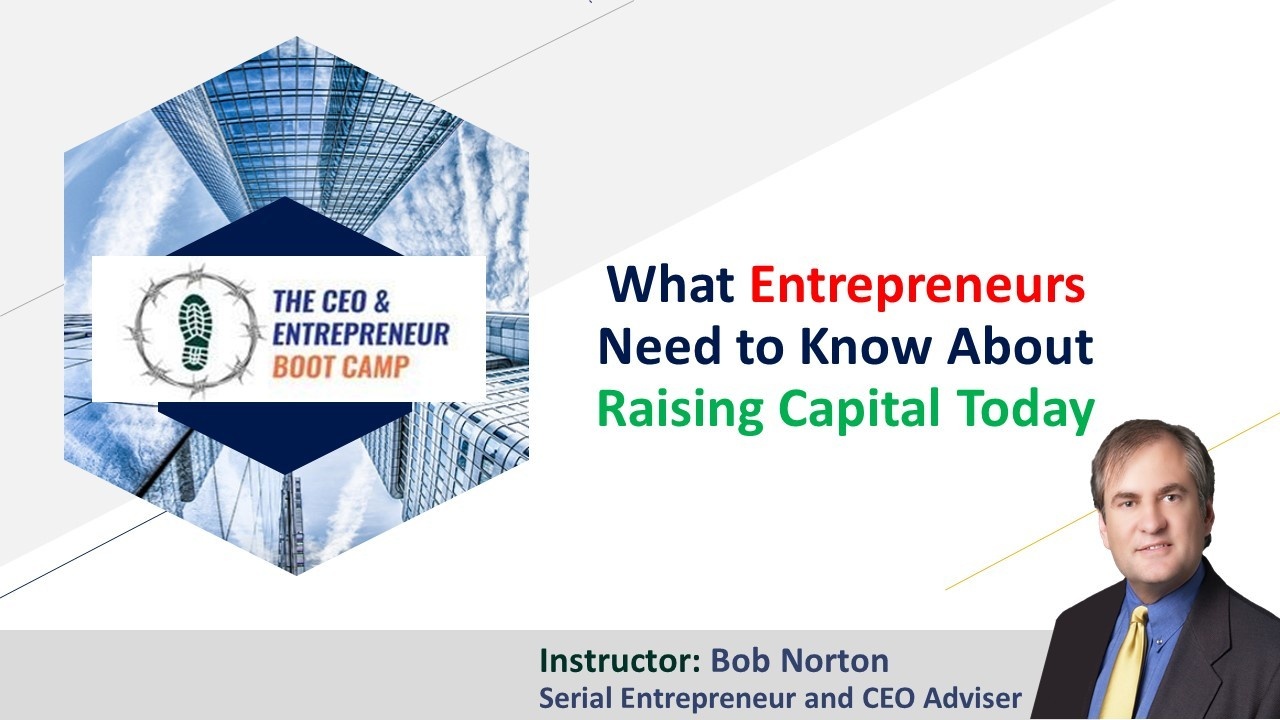10 Of The Most Affordable EMBA Programs and their Costs

The cost of an Executive MBA could set you back substantially, but it doesn't have to. Here are 10 of the most affordable EMBA programs.
Choosing to study an Executive MBA (EMBA) isn’t cheap. The world of graduate management education demands high fees in exchange for the return on investment you see if you work hard during your degree.
But going to business school to gain the experience and skills needed for executive leadership doesn’t have to break the bank. Although Executive MBA programs do tend to lean on the expensive side, not all the world’s top programs will set you back six figures.
Here are 10 of the most affordable Executive MBA programs, according to the Business Because Special Report, Executive MBA Insights: 10 Leadership Challenges For 2022.
10. Santa Clara University’s Leavey School of Business
Executive MBA cost: $111, 715
In at number 10 is the Executive MBA at Santa Clara University’s (SCU) Leavey School of...
Fixing Venture Capital

From www.Joelonsoftware.com
Many software companies these days are built using some form of venture capital. But the VC industry has been hurting lately. A lot of investments in dot-coms turned out to be spectacular flame outs. As a result, VCs are becoming ever more selective about where to put their money. To get funded these days, it's not enough to be a pet shop on the web. Nope! You have to be a pet shop on the web with 802.11b wireless hotspots, or your business plan is going right in the dumpster.
The formerly secretive world of VC has become a bit more transparent, of late. VCs like Joi Ito, Andrew Anker, David Hornik, and Naval Ravikant has created weblogs that are a great source of insight into their thought process. That dotcom thing resulted in three great books by company founders that look deep inside the process of early-stage financing (see footnote). But as I read this stuff, as a founder of a company, I can't help but think that there's something...
The Financing Landscape Today

Note: This article was written in 2004 and has been updated, though the evolution of the market has continued traditional expectations in 2013 still seem to have faded.
The financing landscape today has changed radically. Everything you learned in the last 5 years is obsolete. We are back to looking like the early 1990s again as everyone has "moved up the food chain" one to two levels. True Series A financings with money designed to develop the product are very rare and most first institutional investments are in companies with proven "traction", this means lots of sales completed. In the past there were usually TWO rounds of financing before this was required, one to develop the product and another to accomplish the first several sales by testing the sales and marketing processes. This means you need to get much further on much less money. This can mean adding a service component to your market entry strategy, corporate partners, or many other strategies, but unfortunately,...
Ten Myths and Realities of VC

VC P.S: Ten Myths
and Realities of VC
By Lawrence Aragon Redherring.com
Bill Reichert's brother is a doctor. His father also was a doc. So were his grandfather and his great-great-grandfather. So how could it be that Mr. Reichert is sitting and talking about venture capital over a plate of bacon and eggs at the Peninsula Creamery coffee shop in downtown Palo Alto? As I join him in the high-cholesterol meal, I can almost see the family of physicians staring down, wagging their fingers. "I'm the first Reichert male not to be doctor," he says, munching on a piece of bacon. "We figure it was my other grandfather's genes that sent me on this path."
Not the path to the coffee shop. The entrepreneurial path. His mother's father, Robert McElroy, built two companies -- one that eventually became the multibillion-dollar American Hospital Supply. Following in granddad's footsteps, Mr. Reichert founded five companies of his own, including a software company while he was getting his...
How do I effectively connect to VC or angel investors?

Cold email is basically useless, LinkedIn is better. What are some better ways?
There are many good techniques, but it depends on your situation and status. Most try to do this far too early, before building real value (that skyrockets potential valuation).
Here are a few techniques:
- Networking at events
- Researching CEOs that have been funded for referrals
- “Warm emails” which have an into embedded saying “Joe CEO said you may be appropriate to talks to about our company which is: XXX” - short status report showing product, market and size., etc. A 1-minute video link can help here, but needs to be obvious not phishing by being hosted at a well-known site like YouTube or Vimeo (private link).
- Leverage AngelList and other sites where angels gather
- Connect with angel syndicates. Some are paid and some are free.
- Leverage your friends, family and advisers for contact. Some angels are first time investors who know and trust you. Ideally “Accredited...
What would be the minimum I can invest in startups and how can I find the quality ones?

There is no minimum unless set by the company. Traditionally in angel deals it is about $25K, but some are as low as $10K. Frankly, it is not worth dealing with a huge number of people under that amount for the CEO. The less they invest, the more trouble they are to deal with, usually. Likely not “Accredited investors” and a pain in the butt because they are investing more than they should as a percentage of their portfolio.
Of course, at crowdfunding sites, which are growing at 100%+ per year now, the minimums are often $100 to $1,000. This would allow people with a small amount to invest to diversify better and own a small piece of 5–10 companies. So, a better route if you have only $20K or less to invest. Diversification is very important because many startups will fail, typically through no fault of their own.
Finding quality ones is the tougher question and more art than science. You need to look at the team as maybe 50% to 75% of the success, as they can...
What Kind of Team Do You Need to Raise Outside Funding?

Most investors agree that the number one factor they look at in any investment opportunity is the management team. Some even claim it is number one, number two, and number three because a good team will likely fix any problem. However, quantifying this and getting people to understand and rate their team objectively is needed to improve, and even understand, where your team is today.
Over ninety percent of teams are insufficient to achieve outside financing, though that is par for the course in a startup, and recognizing this with a plan for hiring can help jump that obstacle. This article has a small sample of the principles taught in The CEO and Entrepreneur Boot Camp in the area of management team development. It is the foundation of any company and the only way to overcome the thousands of other obstacles that will come up in the first couple of years of any venture.
Almost everyone thinks they have a “strong” team. They...
What Entrepreneurs Need to Know About Raising Capital Today

Because of the low yield today in bonds and other investment classes, and competition for deals, valuations of early-stage ventures have been creeping up.
Many would say that is long overdue, but investors need compensation for the high risk of these ventures too. And frankly almost no one can pick mostly winners due to the many inherent unknowns at the early stage of any venture.
This article is an introduction to the financing of any early-stage company across the stages from seed to Series B. The financing landscape today has changed radically with many more options. Some financing is easier to get but generally, equity financing is hard to get for most companies without a revenue history. Everything you learned about this topic in the last ten years, or that the press printed more than one or two years ago, may now be obsolete.
Sure, there are unicorns and $10M+ investment every day, but there are about 5,000,000 new companies formed every year in the U.S. alone...
The Financing Landscape for Startups and Early-Stage Companies Today

We are back to looking like the early 1990s again as everyone has "moved up the food chain" one to two levels. True Series A financings with money designed to develop the product are rare today and most first institutional investments are in companies with proven "traction", this means lots of sales completed. In the past, there were usually two rounds of financing before this was required, one to develop the product and another to accomplish the first several sales by testing the sales and marketing processes. This means you need to get much further on much less money. This can mean adding a service component to your market entry strategy, corporate...
Top Ten Tips for Raising Angel Financing Today

Top Ten Tips for Raising Angel Financing Today
By Bob Norton, Serial Entrepreneur and CEO Coach
Angel Investors (“Angels”) have become a much more important source of capital than ever before. Statistics show they have invested more than VCs in some past years and almost always invest more in early-stage deals. With VCs treating early-stage deals like they have the plague, young companies had better understand and use angel financing effectively. Note that VCs will tell you they do seed and early rounds but 90% really do not. They define “early” as have traction mostly, not funding product, unless there is a serious “done it before” management team that made money for investors before. Then they will always listen.
Unfortunately, angels are nervous that follow-on financing for the round after theirs will not be there and a good investment will go bad from a lack of available capital. This same phenomenon happened in the early 1990s....

